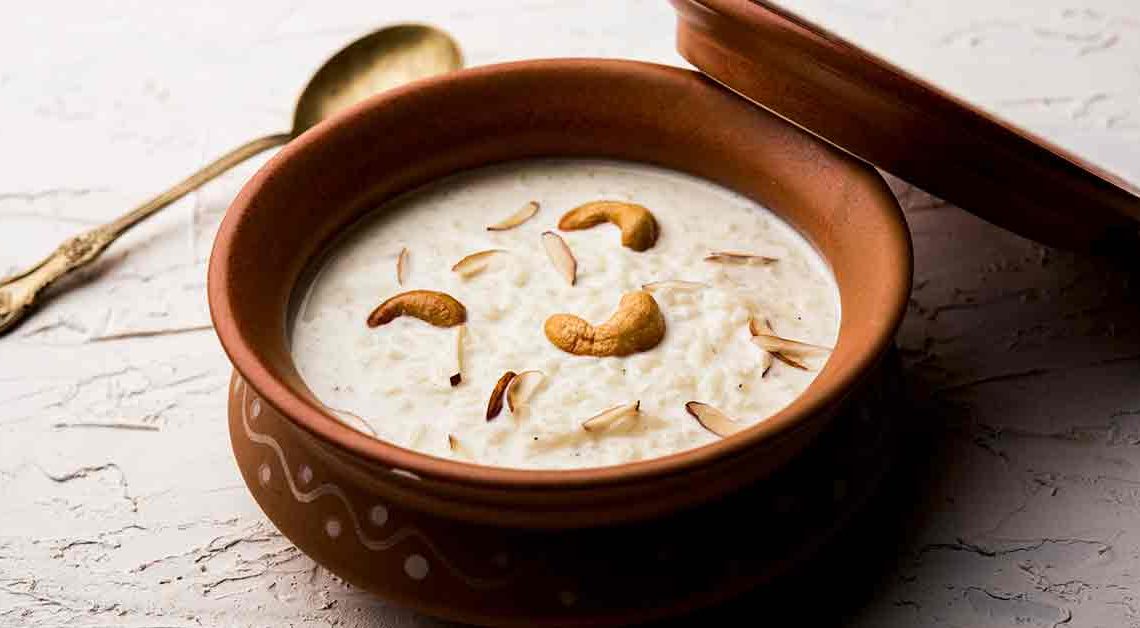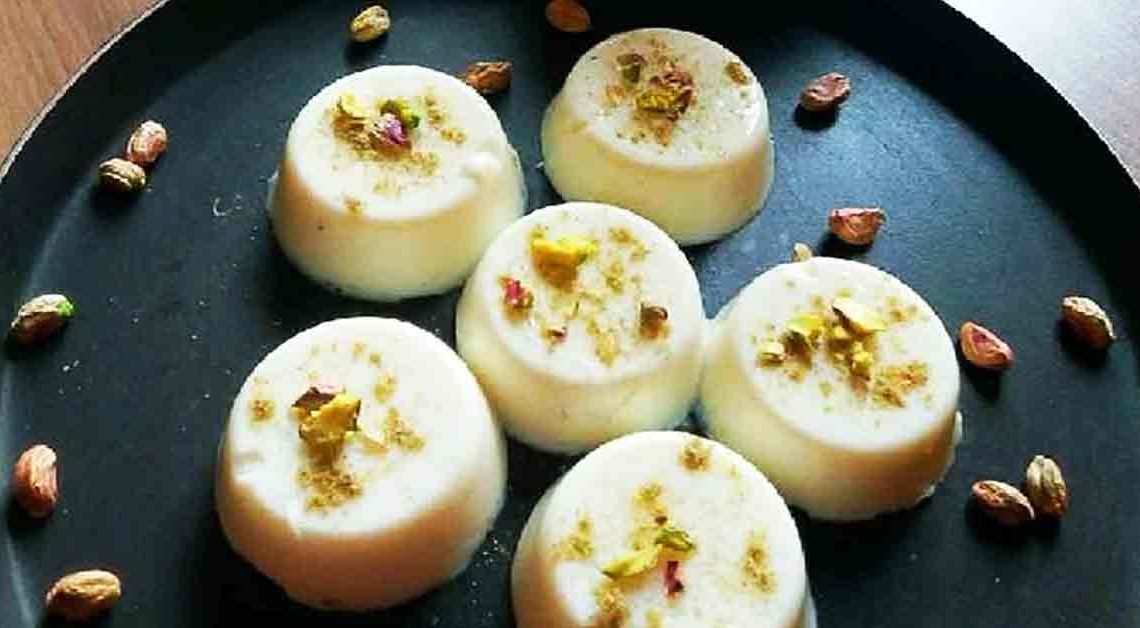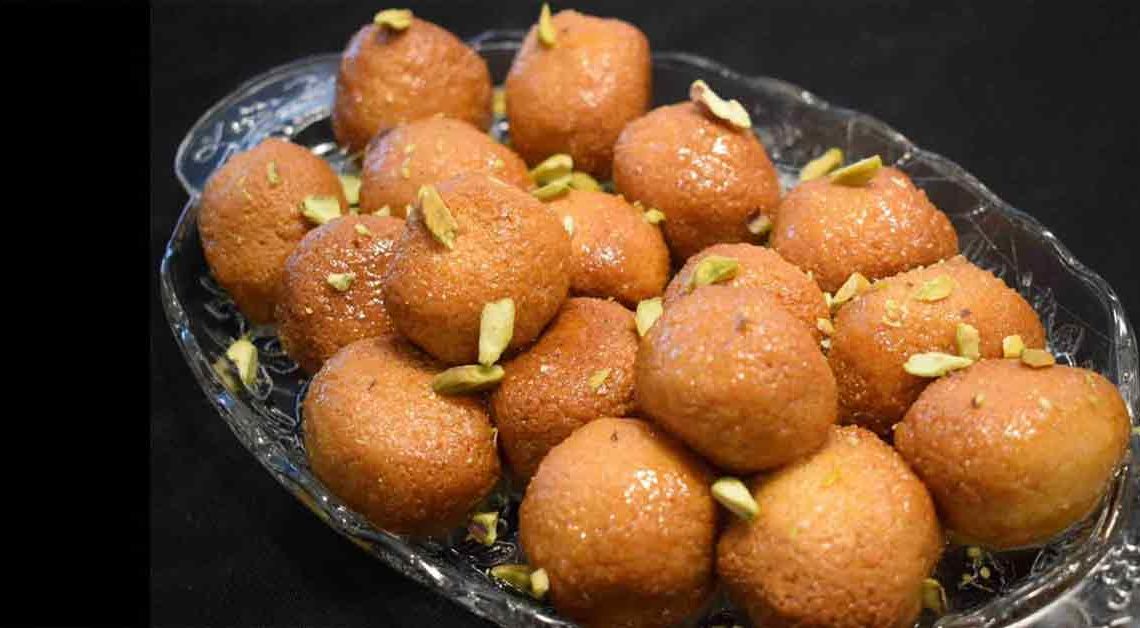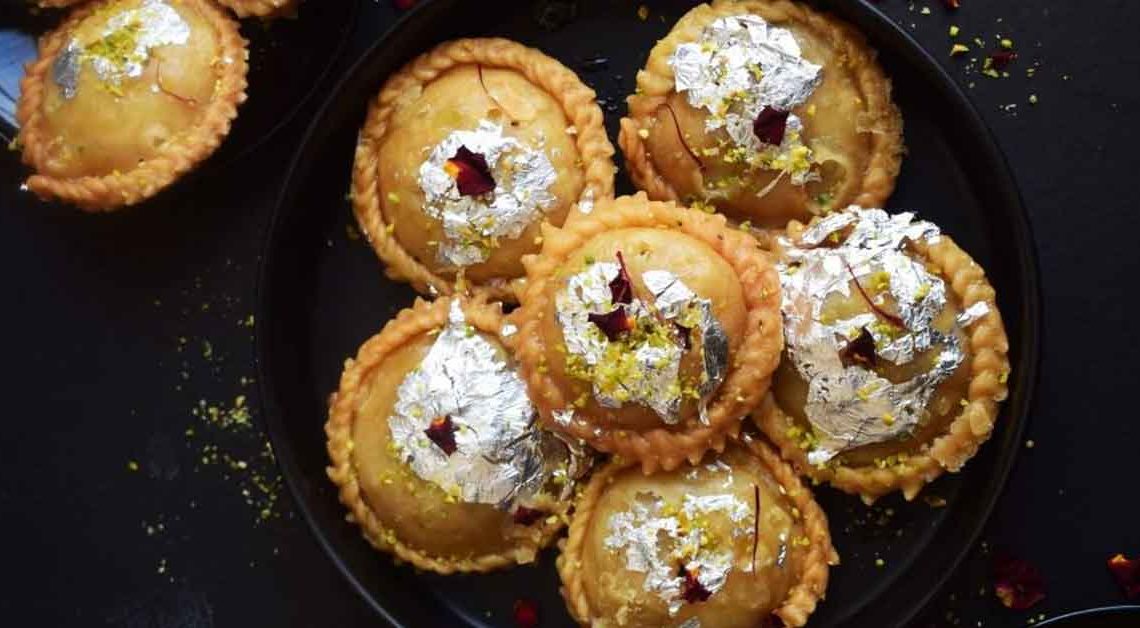Kheer: Where Taste and Tradition Converge in Harmony

Welcome to a symphony of flavors and a tale of tradition – welcome to Mithainama! In a world where desserts transport us to the realms of pure delight, Kheer stands tall as an emblem of culinary artistry. Join us as we dive into the heartwarming history, origin, and cultural significance that define this beloved Indian dessert.
Imagine a bowl of creamy rice pudding, adorned with slivers of almonds and fragrant saffron – that’s just the beginning. The Kheer tales will unravel a tapestry of regional variations, each carrying its own unique essence. From the rose-scented Kesar Kheer to the rustic charm of Chawal Ki Kheer, our blog will be your compass through this diverse and delectable world.
So, whether you’re a culinary adventurer or a dessert devotee, join us on this flavorful expedition through the captivating realm of kheer. Let’s stir up stories, savor traditions, and create sweet memories together!
Origin of Kheer
In the realm of culinary history, there are few dishes as enchanting and universally cherished as kheer. This velvety concoction, marrying the humble rice with the opulence of milk and sugar, holds a lineage that stretches back through centuries and across cultures.
Tracing its origins, we find ourselves in the heart of ancient India. Kheer, known as ‘payasam‘ in South India, was embraced as an offering to the gods during religious ceremonies. Its creation was an artful fusion of auspicious ingredients, signifying prosperity, harmony, and celebration. As time whispered its secrets, transcended temple rituals and became a star of palates in royal courts, further elevating its stature.
History of Kheer
As we unravel the delectable history of kheer, a dessert that has stood the test of time and tantalized taste buds across the ages.
Rooted in the annals of ancient civilizations, the origin story is as diverse as the cultures that embraced it. It was in the kitchens of ancient India that the velvety concoction first took shape. Known as ‘payasam’ in South India, it was an offering to deities during religious ceremonies. This humble blend of rice, milk, and sweeteners symbolized prosperity and auspiciousness, transcending its culinary identity.
In royal courts, it transformed into a symbol of opulence, where cooks vied to craft the most lavish versions. From saffron-kissed to nut-studded, and evolved into an indulgence fit for kings and queens.
As centuries passed, kheer transcended its sacred origins and became an emblem of togetherness. It found its way to festive celebrations, family gatherings, and everyday moments of joy. Passed down through generations, the cherished recipes and stories behind them make kheer not just a dessert but a connection to our culinary heritage.
Cultural Significance
Beyond its luscious texture and harmonious flavors, it boasts a profound cultural significance that bridges generations and communities.
In the tapestry of Indian traditions, it holds a revered place. Often offered to deities during festivals and rituals, it symbolizes devotion and auspicious beginnings. The act of preparing and sharing with loved ones becomes a heartfelt gesture of togetherness, nurturing the bonds of family and community.
Across the subcontinent, regional variations echo local customs and flavors. From the fragrant of North India to the jaggery-infused Akkaravadisal of South India, each rendition tells a unique story rooted in cultural heritage.
In many cultures, it is associated with celebrations of life’s milestones. Birthdays, weddings, and festivals are incomplete without its presence, making it more than a dessert—it’s a bearer of joy and unity.
Where is Kheer Famous?
Kheer is famous and beloved primarily in the Indian subcontinent and its neighboring countries, where it holds cultural and culinary significance. It’s a cherished dessert in India, Pakistan, Bangladesh, Nepal, and Sri Lanka. However, its popularity has also transcended borders and gained recognition in other parts of the world. Here are some places where it is particularly famous:
India: It is deeply ingrained in Indian culinary culture. It’s prepared and enjoyed across various regions, often with local variations. In North India, it’s commonly made with rice, milk, sugar, and nuts, while South India offers variations like Payasam, which might use ingredients like jaggery and coconut milk.
Sri Lanka: “Kiri Peni” is the Sri Lankan version of kheer, made using ingredients like rice, coconut milk, and jaggery. It’s enjoyed during festive seasons.
Latin America: “Arroz con Leche” is the Latin American version of dessert, made with rice and condensed milk. It’s enjoyed across various Latin American countries.
Interesting Facts and Trivia
Certainly, here are some intriguing facts and trivia related to kheer:
- Saffron, known as “kesar,” is often used to lend an exotic aroma, flavor, and a vibrant golden hue to kheer.
- In South India and parts of Southeast Asia, coconut milk is sometimes used in place of regular milk, imparting a distinct flavor.
- It can be a nutritious dessert when prepared with whole grains, reduced sugar, and healthy nuts, making it a balanced indulgence.
- In 2019, India entered the Guinness World Records for preparing the largest serving of rice pudding, weighing over 9,000 kilograms!
- In some cultures, distributing “prasad” (blessed food) in temples or during religious events is considered a way of sharing blessings with devotees.
Did You Know?
Kheer, the creamy dessert cherished across cultures, holds not only delightful flavors but also surprising health benefits. This beloved treat, when enjoyed in moderation, can be a source of goodness for your body!
- It prepared with milk and rice is a source of calcium, protein, and carbohydrates, offering essential nutrients for bone health and energy.
- The presence of rice can provide a soothing effect on the digestive system, making it a comfort food that’s gentle on the stomach.
- The inclusion of nuts, like almonds and pistachios, provides heart-healthy fats, fiber, and antioxidants that can support cardiovascular wellness.
- The indulgence can trigger the release of serotonin, a “feel-good” neurotransmitter, contributing to a joyful and content mood.
- Calcium from milk in it helps in maintaining strong bones and teeth, and it’s especially beneficial for growing children and aging adults.







